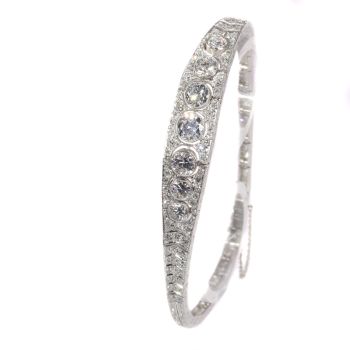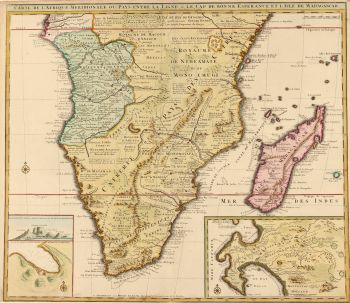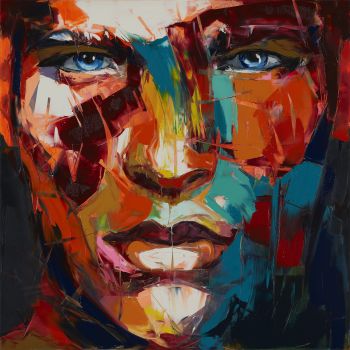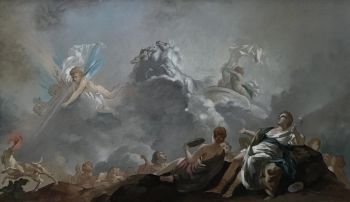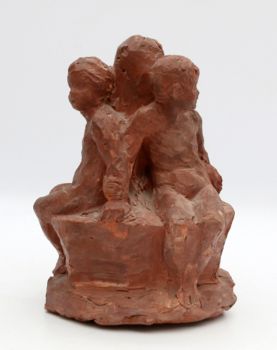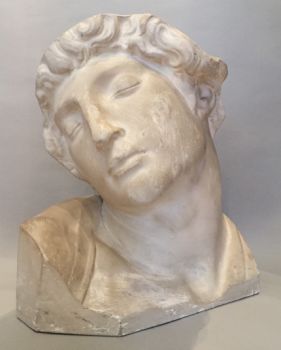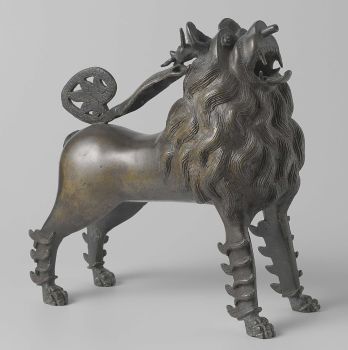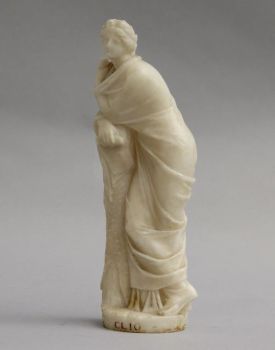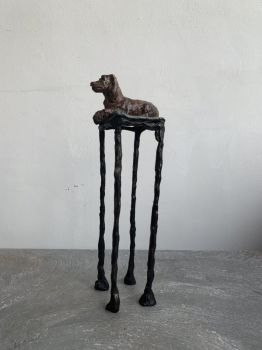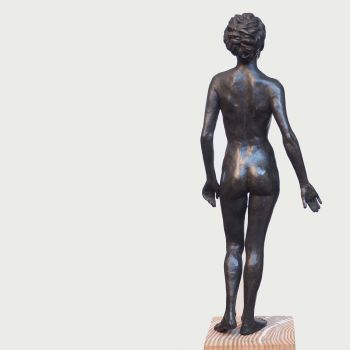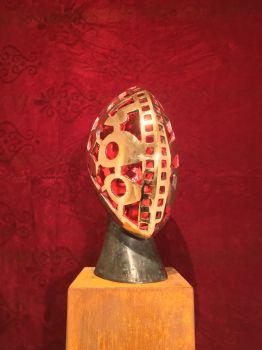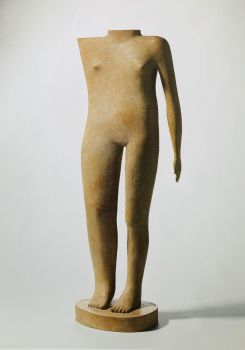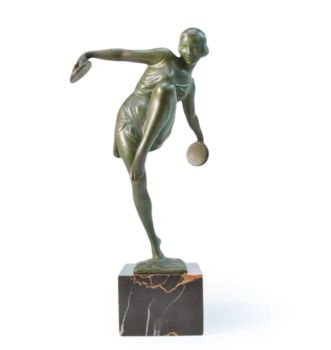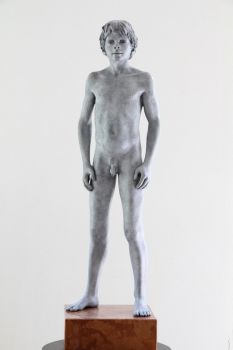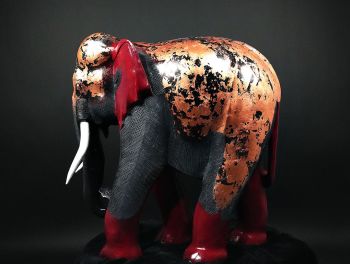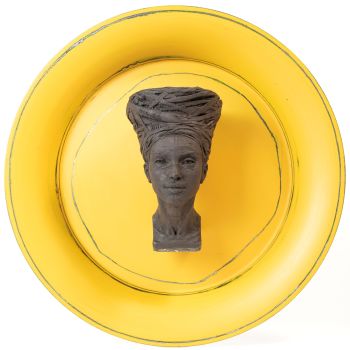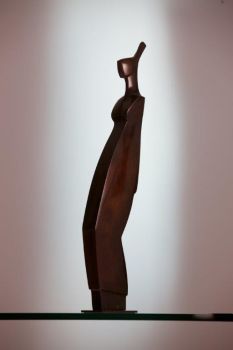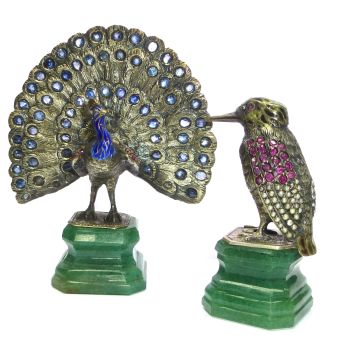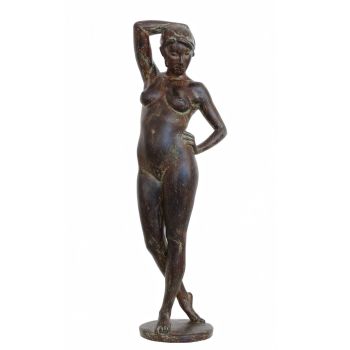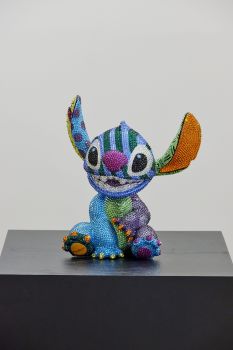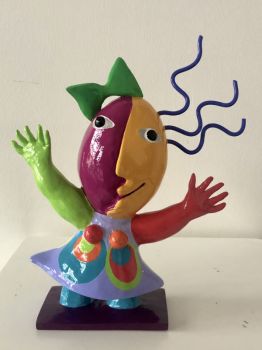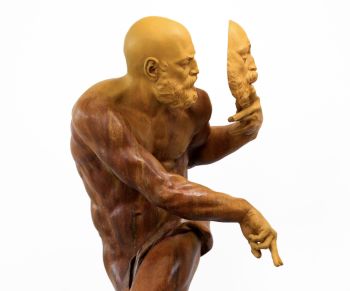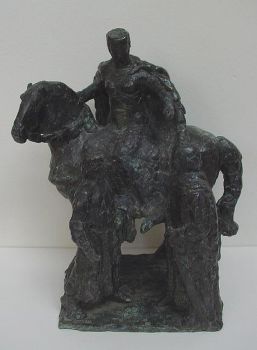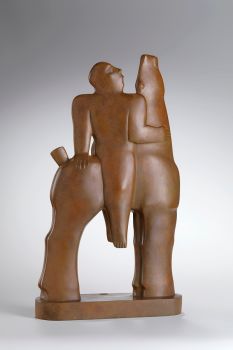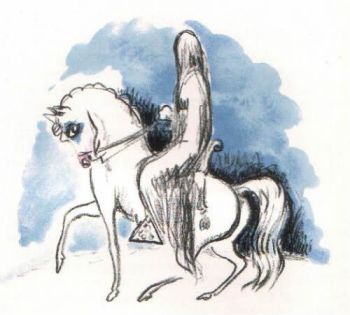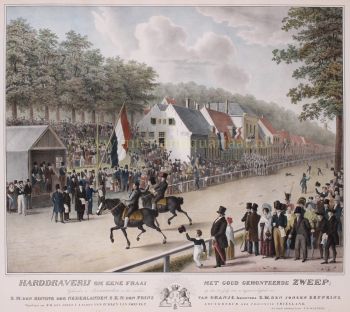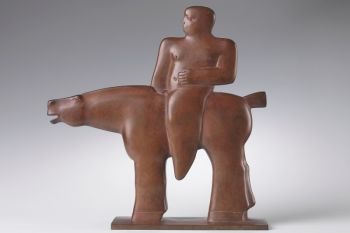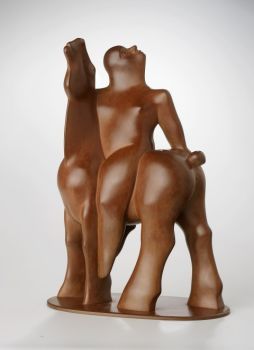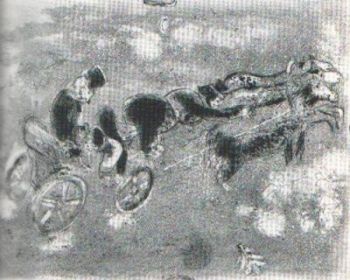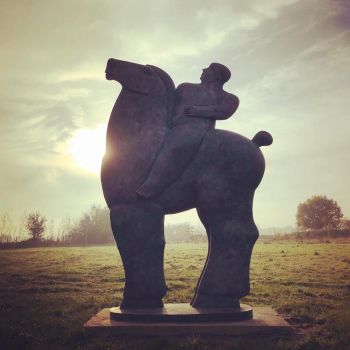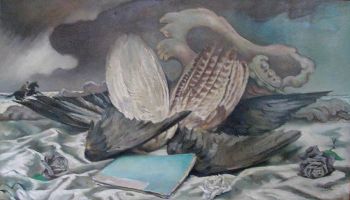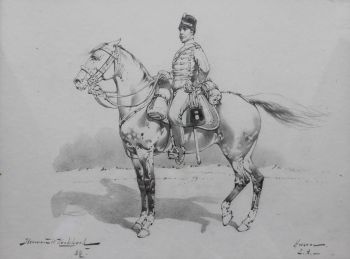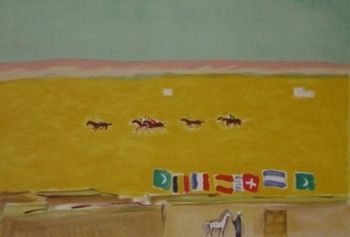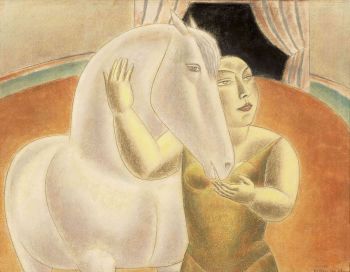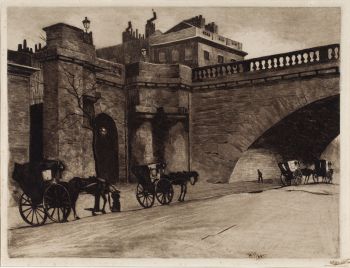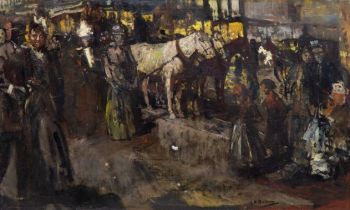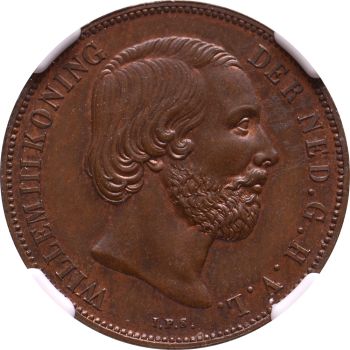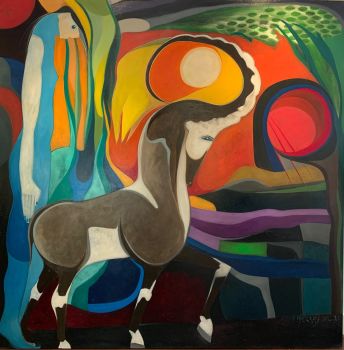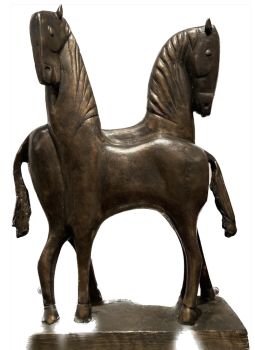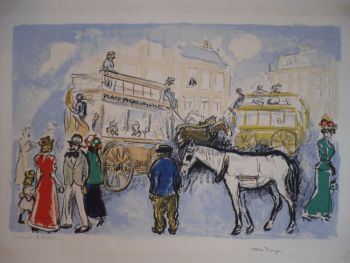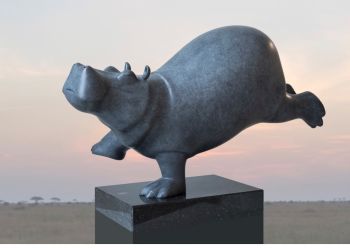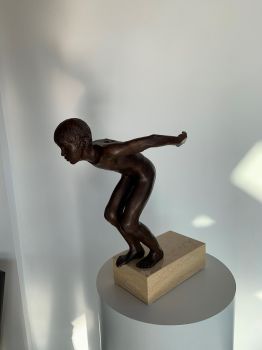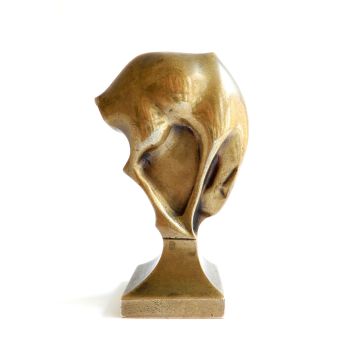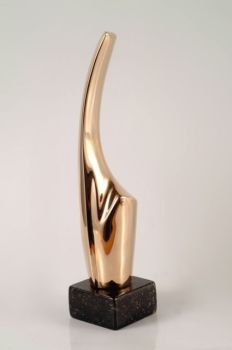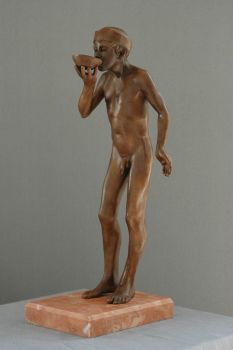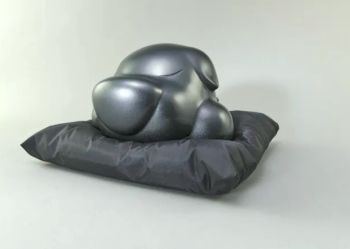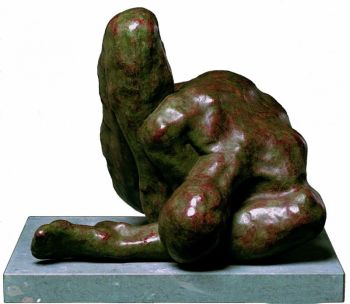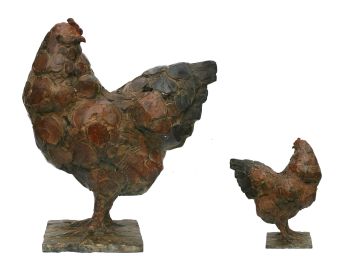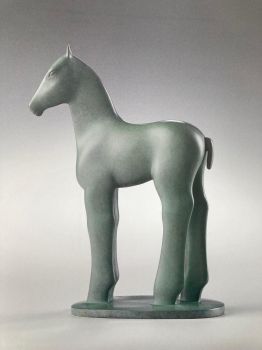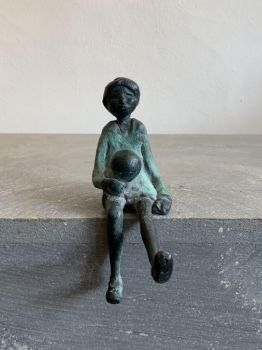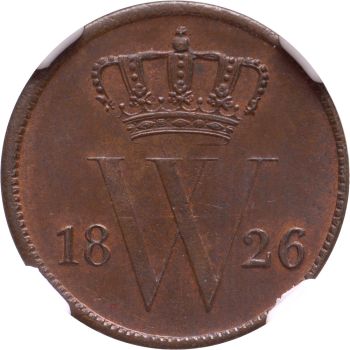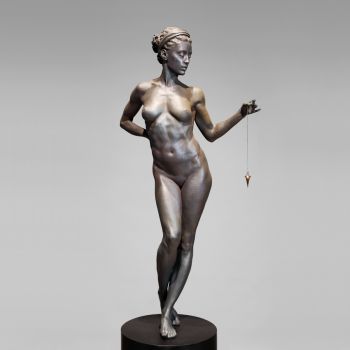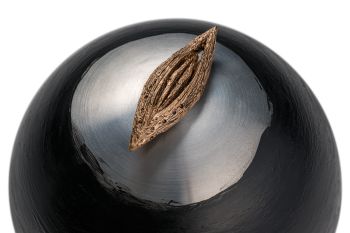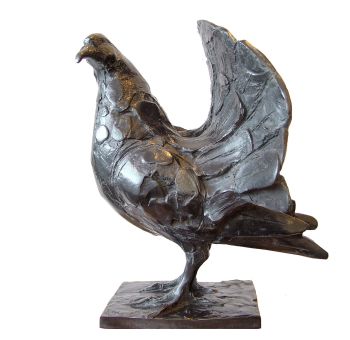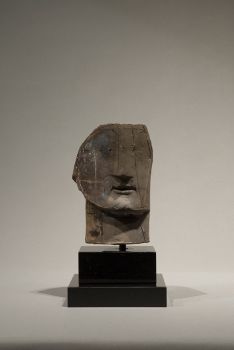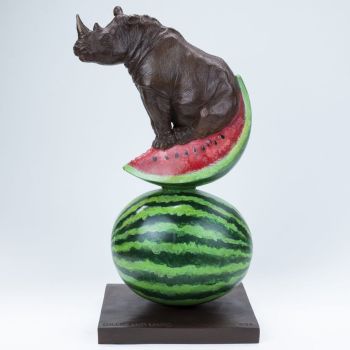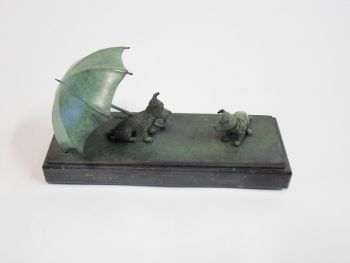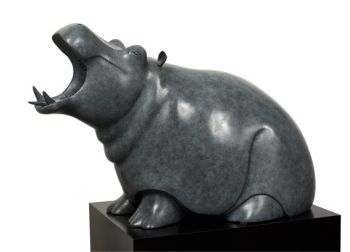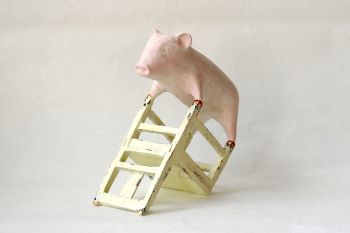Equestrian Statue of Louis XIV, after Martin van den Bogaert known as Desjardins 1729 - 1731
Artiste Inconnu
BronzeMétal
43 ⨯ 38 cm
Actuellement indisponible via Gallerease
- Sur l'oeuvre d'artThe image of the mounted sovereign dates back from antiquity, with Marcus Aurelius as prime example. It was seen as the most dignified and superior representation of power. Once Louis XIV had reached the pinnacle of his glory in 1685, a program was set up to spread the image of this power to every nook and cranny of the French realm. A great number of monuments were erected as proof of honour and loyalty to Louis le Grand. For this purpose ten squares, the so called ‘Places Royal’, were created to accommodate the huge equestrian statues. In 1688 such a statue was commissioned to Martin van den Bogaert for the Place Bellecour in Lyon.
Just like the immense equestrian statues from the hand of François Girardon and others,in Paris, Aix en Provence and other cities, this statue did not survive the French revolution.
Martin van den Bogaert was born in Breda in 1637 and was trained as a painter in Antwerp. Soon he moved to Paris where he gallicized his name and became a sculptor. He died in Paris in 1694, but his fame stretched way passed his demise, because of the demand for the smaller version of statue throughout Europe. The model was also modified (another head) to be issued as le Grand Dauphin and Maximilian II of Bavaria.
The importance of the equestrian statue of Louis XIV was thought to be so enormous, that Diderot used it in his Encyclopédie to clarify the art of bronze casting. This statue after Desjardin is part of the most important collections in the world, like the collection of the Queen of England, the Wallace collection in London, the Metropolitan Museum in New York and the Louvre.
This statue of Louis XIV after Martin Desjardins is cast around 1730. - Sur l'artiste
Il peut arriver qu'un artiste ou un créateur soit inconnu.
Certaines œuvres ne doivent pas être déterminées par qui elles sont faites ou elles sont faites par (un groupe d') artisans. Les exemples sont des statues de l'Antiquité, des meubles, des miroirs ou des signatures qui ne sont pas claires ou lisibles, mais aussi certaines œuvres ne sont pas signées du tout.
Vous pouvez également trouver la description suivante :
•"Attribué à …." A leur avis probablement une oeuvre de l'artiste, au moins en partie
•« Atelier de …. ou « Atelier de » À leur avis, une œuvre exécutée dans l'atelier ou l'atelier de l'artiste, éventuellement sous sa direction
•« Cercle de… ». A leur avis une oeuvre de la période de l'artiste témoignant de son influence, étroitement associée à l'artiste mais pas forcément son élève
•« Style de … ». ou "Suiveur de ...." Selon eux, une œuvre exécutée dans le style de l'artiste mais pas nécessairement par un élève ; peut être contemporain ou presque contemporain
•« Manière de… ». A leur avis une oeuvre dans le style de l'artiste mais d'une date plus tardive
•"Après …." A leur avis une copie (quelle qu'en soit la date) d'une oeuvre de l'artiste
•« Signé… », « Daté… ». ou « Inscrit » À leur avis, l'œuvre a été signée/datée/inscrite par l'artiste. L'ajout d'un point d'interrogation indique un élément de doute
• "Avec signature ….", "Avec date ….", "Avec inscription …." ou "Porte signature/date/inscription" à leur avis la signature/date/inscription a été ajoutée par quelqu'un d'autre que l'artiste
Artwork details
Related artworks
- 1 - 4 / 12
 Sélectionné par
Sélectionné parDanny Bree
Johannes van Dreght
Antique Dutch still life flowers in vase1740 - 1800
Prix sur demandeGallerease Selected
Artiste Inconnu
Een Gotische zuidelijke Nederlanden wandklok1580 - 1590
Prix sur demandeNico van den Assem restauratie
Artiste Inconnu
A pair of angels Antwerp, 17th century, Carrara marble17th century
Prix sur demandeFrederik Muller
1 - 4 / 24Artiste Inconnu
Art nouveau en art déco objecten1900 - 1930
Prix sur demandeBob J. Shimanovich Kunsthandel
1 - 4 / 24Willem Witsen
Waiting carriages in front of Waterloo Bridge1850 - 1900
Prix sur demandeKunsthandel Pygmalion
1 - 4 / 24- 1 - 4 / 24




